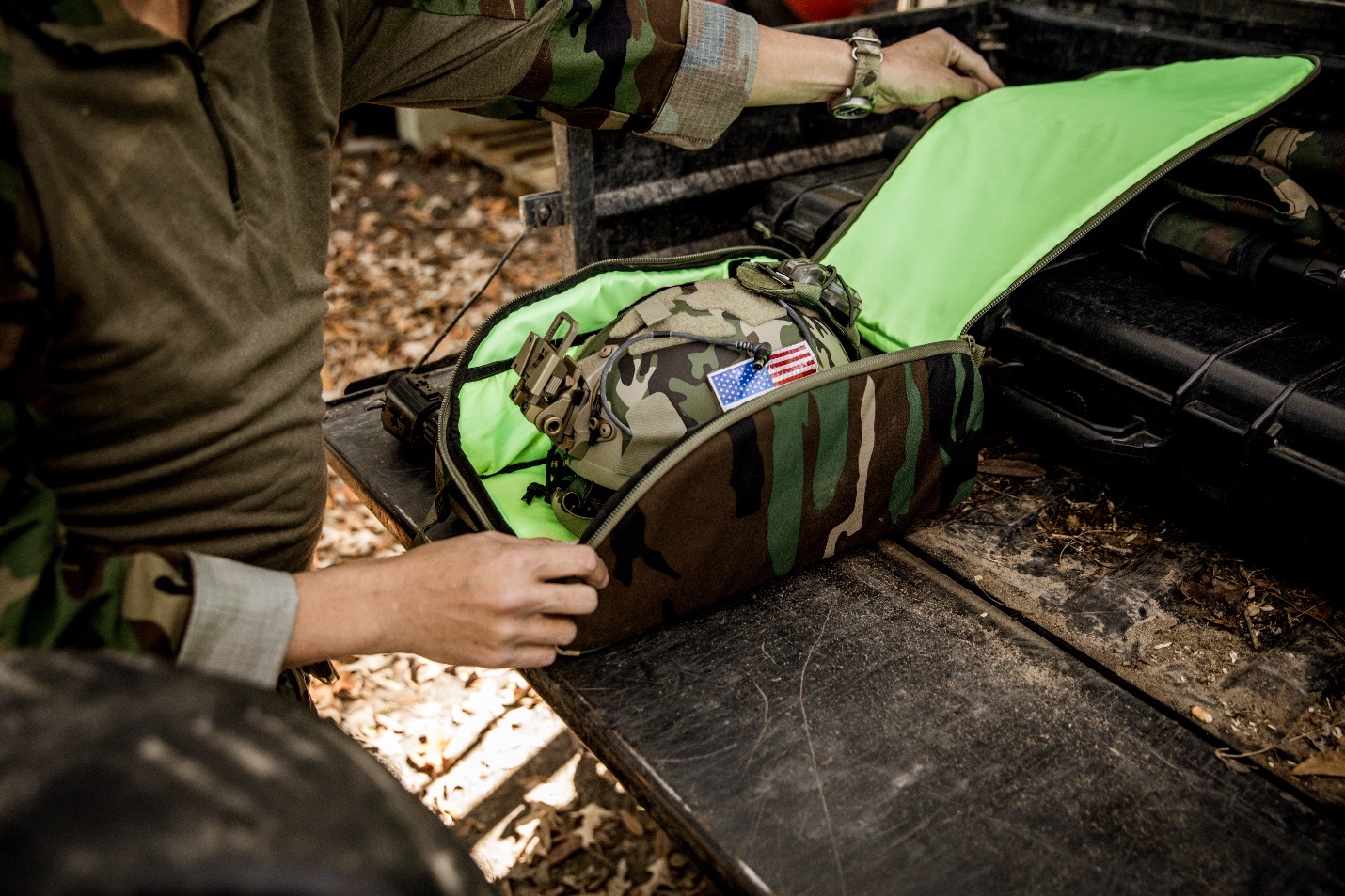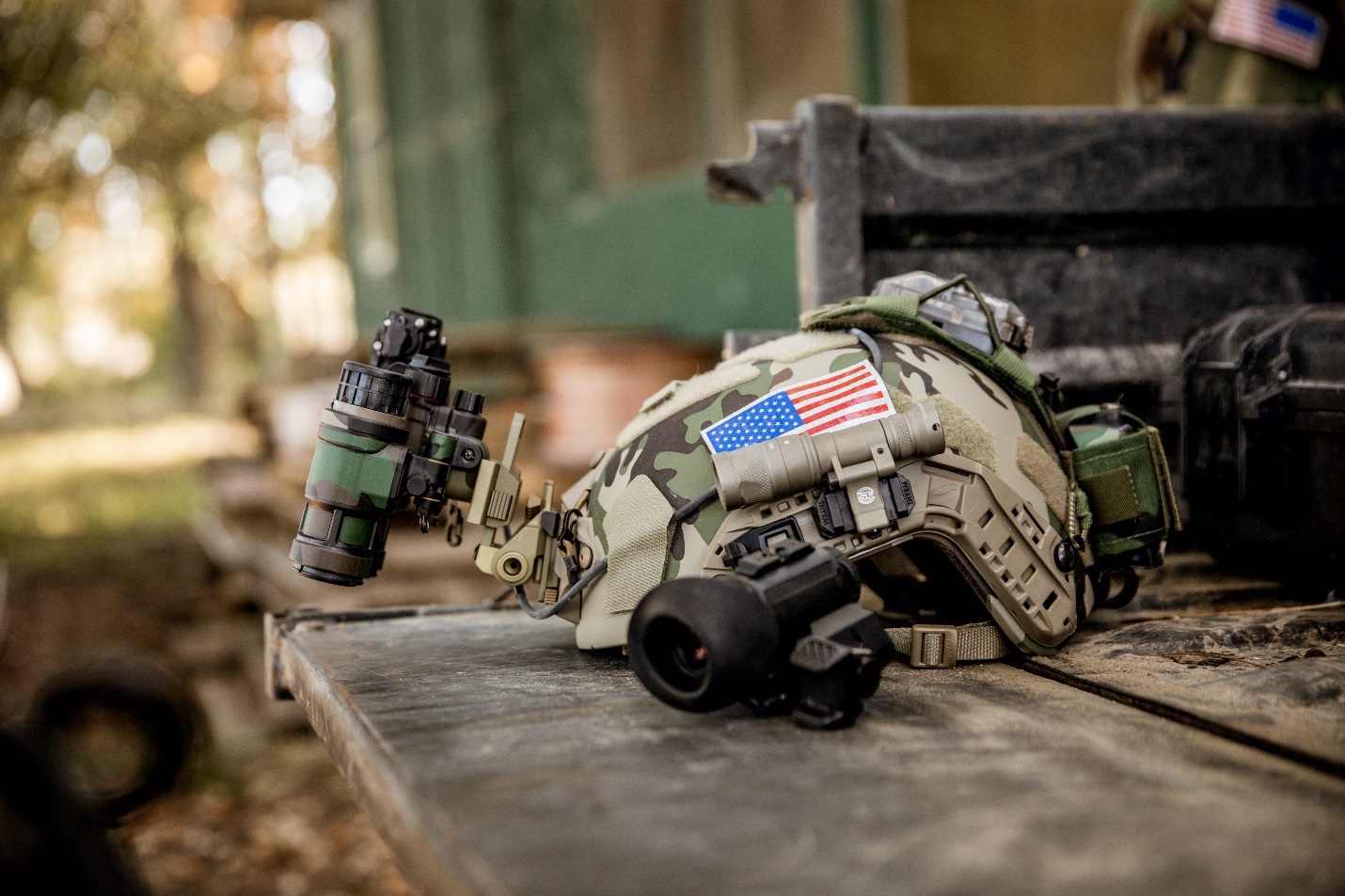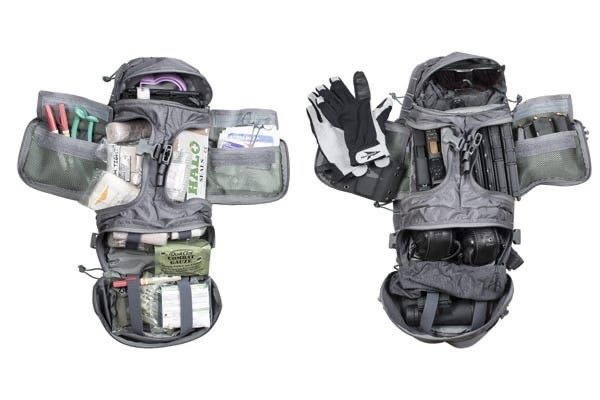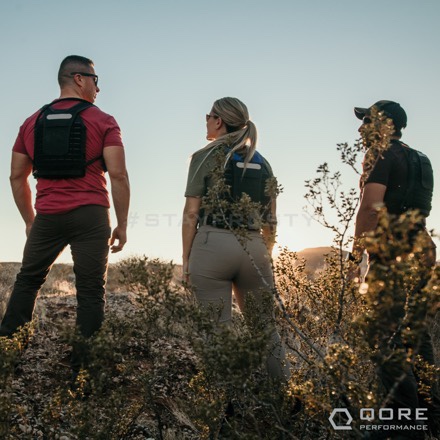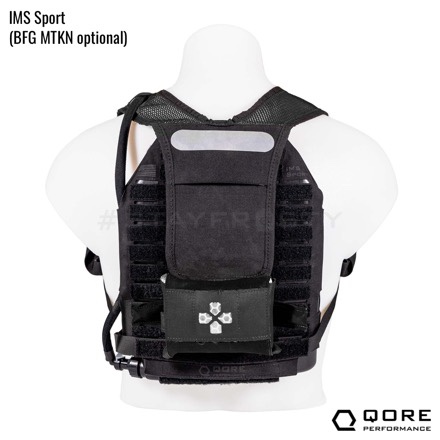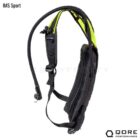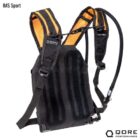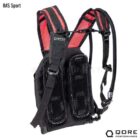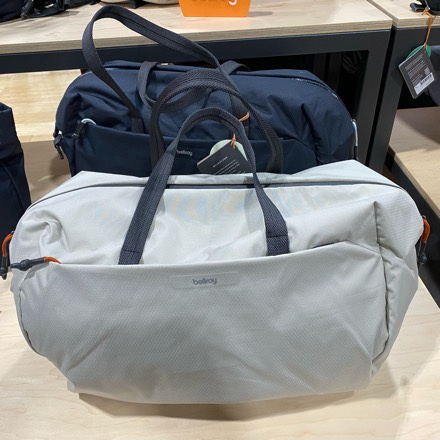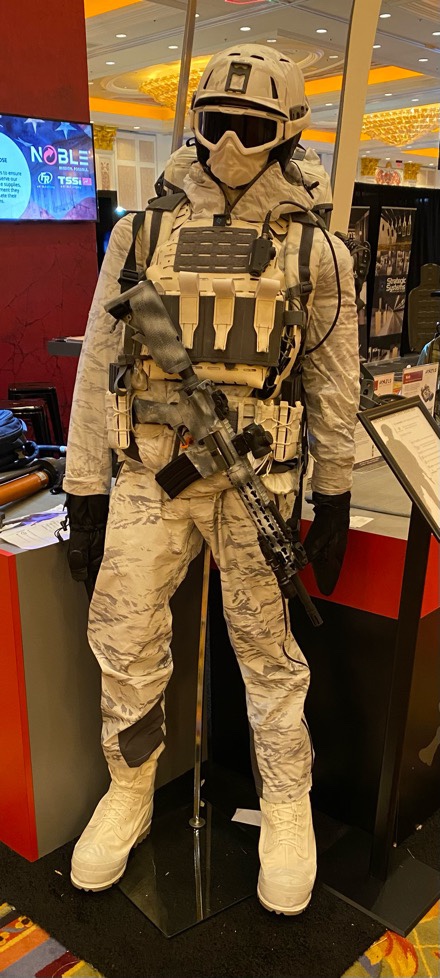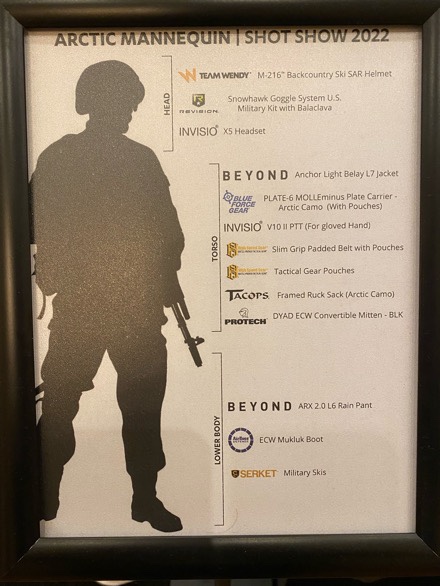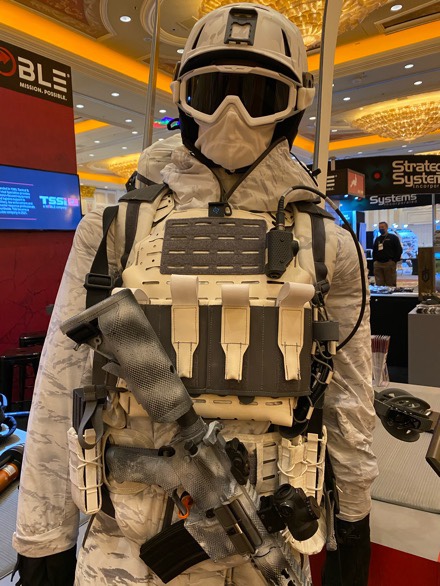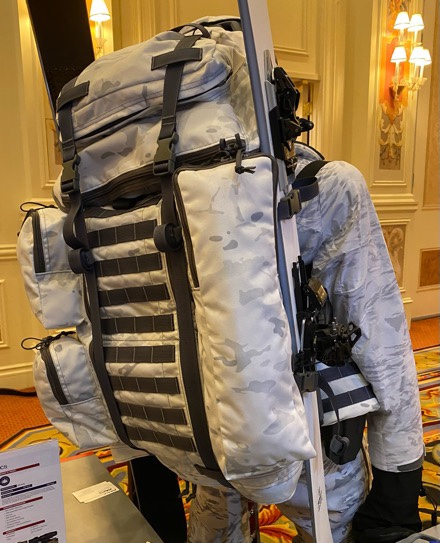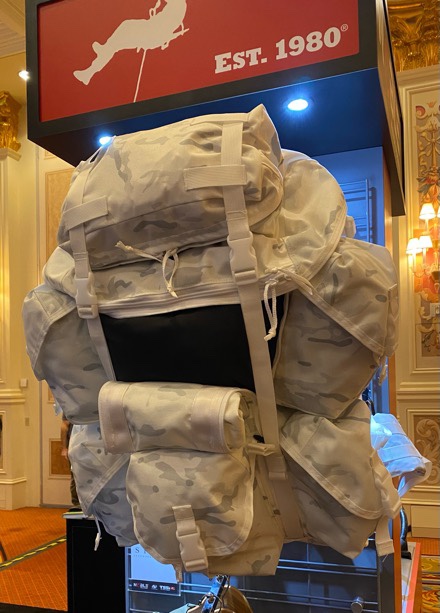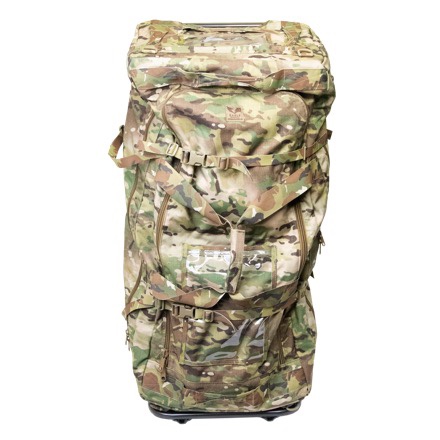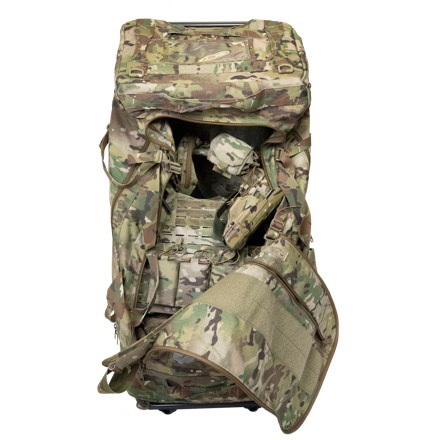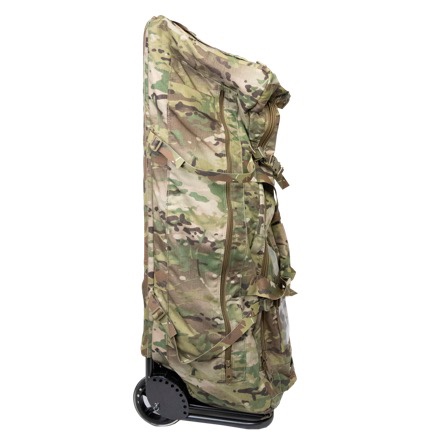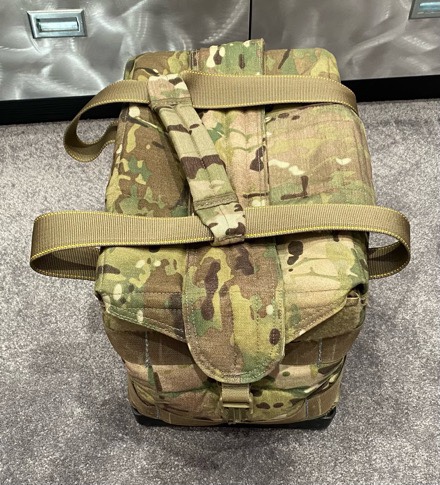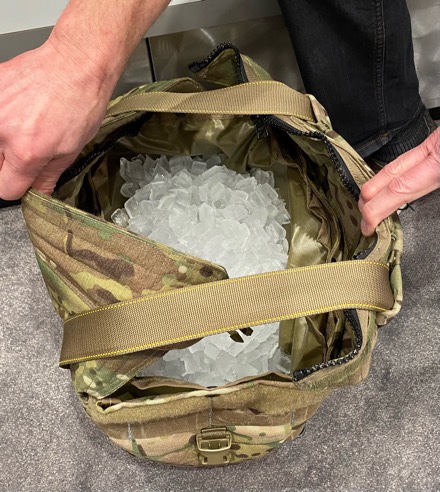As we continue to go over the new products launched by MATBOCK at SHOT Show, we go over the CFA Duffle and Berserker v3 Plate Carrier.

Finally! A durable and lightweight duffle bag is here! The CFAD duffle easily holds a long weekend’s worth of gear and is made with our extremely durable Ghost Heavy material. This bag easily meets all airline and train requirements for a carry on bag. The Ghost Heavy material will keep your gear dry from inclement weather and is durable enough to resist ripping, punctures and abrasions. 100% made in the USA
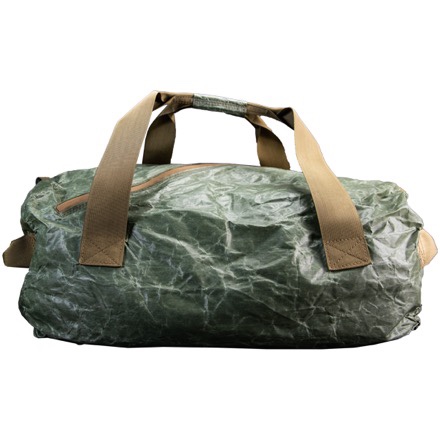
Features:
– Made from our Ghost Heavy material for superior puncture, rip, and abrasion-resistance. Ghost Heavy will not absorb water, chemicals, or pathogens and can be sanitized without degradation of the material.
– Large angled zipper gives you access to the entire volume of the bag with ease
– Handles and straps made from MILSPEC webbing. Shoulder strap attached with snap hooks for ease of use and replacement.
Spec:
Dimensions: 58cm L x 30.48cm W x 25cm H / 20 L” x 12 W” x 10 H“
Weights: 0.861826kg / 1.9lbs
Volume: 2379 cu.in. / 39L
Material: Ghost Heavy
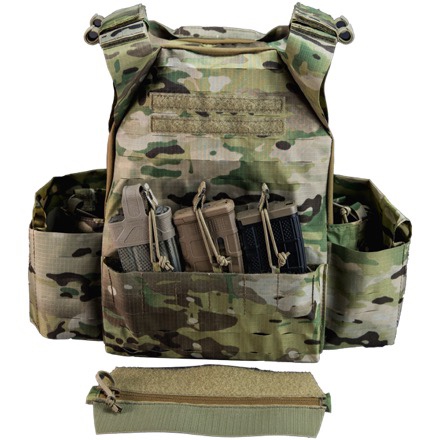
It’s here! Introducing the Berserker V3, our lightweight, durable and hydrophobic plate carrier. Made from our Ghost material the Berserker V3 is strong, lightweight, and does not absorb water, sweat, or chemicals-making it ideal for maritime and tropical environments. Additionally, our Ghost material transfers heat away from your body, keeping you cooler and reducing your overall thermal signature. Weighing only 14 ounces, the Berserker V3 comes with everything you need; 5.56 magazine insert, a zipper insert for the kangaroo pouch, dual radio pouches, side armor plate pockets, shoulder pads, and a reinforced drag handle. The Berserker V3 fits a variety of plates due to four way stretch material and comes in a swimmer cut or SAPI / ESAPI version.
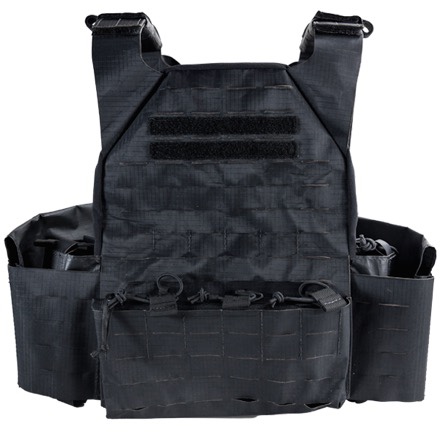
Features:
– Customize your carrier to suit your needs via precision laser cut Molle
– Includes a three 5.56 magazine insert and zipper insert for the kangaroo pouch
– 4-way stretch material to allow a variety of plates to fit in the carrier.
– Two sewn-in radio pouches that disperse heat
– Ghost and Ghost Lite can be sanitized without compromising the integrity of the material
NSN: 8470-01-686-0378
MATBOCK Products are handmade to order, so lead times can vary. Please contact orders@matbock.com with questions on current production lead times.


